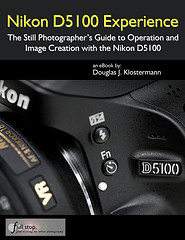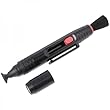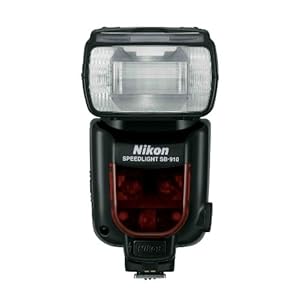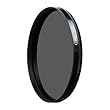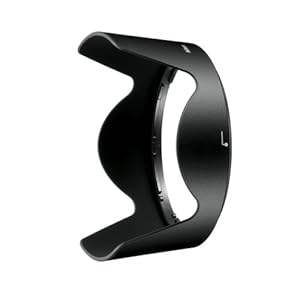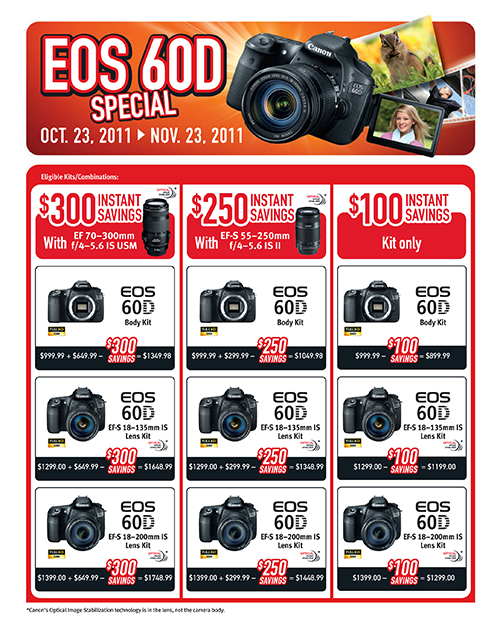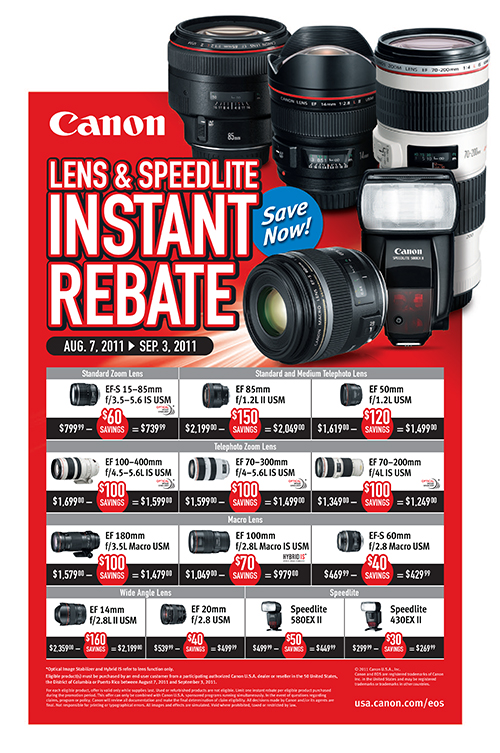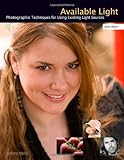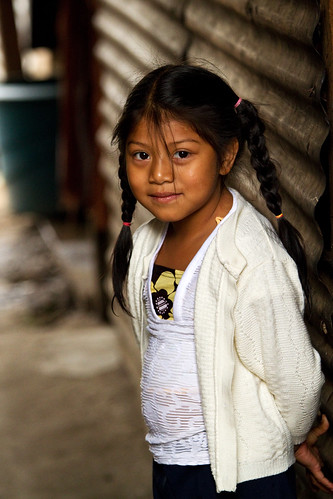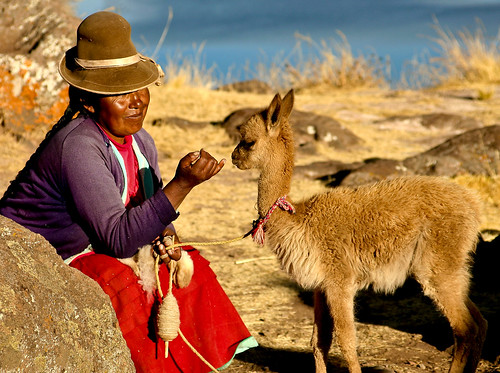Now that you’ve finally decided on a dSLR and chosen the Nikon D5100 you will want to get some basic, essential accessories. While there are countless accessories available that may look appealing or seem necessary, I suggest you first gain some experience with your basic equipment, and then discover through use which additional items you truly want or really need. No add-on, whether an elaborate flash modifier or color balance correction tool, will instantly improve your images so concentrate instead on your image making!

photo by author – copyright 2011 – please do not use without permission!
But you can’t go wrong with these initial 10 additions to your camera bag. Click on the links or the images to view and purchase them on Amazon.com (and help support my blog by doing so – thanks!)
1. SanDisk Extreme 8GB Memory Card – You are going to need a high quality, high speed memory card to save all those images and capture those videos. Go with the best and don’t risk corruption and errors – a SanDisk Extreme. Perhaps a couple 8GB cards or 16GB cards.
2. Nikon EN-EL14 Rechargable Battery: It is always good to have an extra battery or two, especially when traveling or when photographing an event all day. Go with the official Nikon brand and avoid battery communication and charging issues. If you are a fan of the optional battery back / vertical grip, there is a third-party offering for the D5100, the Neewer Pro Battery Grip for Nikon D5100. Though Nikon did not design their own D5100 battery grip, this third-party option fills the gap, and accepts 2 EN-EL 14 batteries. The grip may make the camera easier to handle for those with larger hands, when working with a large lens, or if often working in portrait orientation.
3. Nikon D5100 Experience e-book – You will want to begin to learn to use your camera, go beyond Auto, and start to use the advanced functions and settings of your sophisticated D5100, so be sure to check out my e book, Nikon D5100 Experience. This guide will help you to take control of your camera so that you can consistently take better images – the images you wish to capture. You’ve invested in an advanced camera, now invest the time to learn how to use it to its full potential! There are also Kindle, Nook, and iPad versions of the e-book available here.
4. Black Rapid RS7 Strap – This sling-style camera strap provides a more comfortable and practical – and somewhat more discreet – way to carry around your camera, especially if you have a larger lens on it. The RS-7 version has a nice curved shoulder strap, the RS-4 is not curved at the shoulder but does have a handy little pocket for memory cards, and the RS-W1 R-Strap is designed for women.
5. Giottos Large Rocket Blower – Blow the dust off your lens, camera body, interior, and sensor safely with the Rocket Blower. Get the large size for maximum “whoosh!”
6. LensPEN Lens Cleaning System – Clean those fingerprints, smudges, and mysterious spots off your camera lens (filter) safely and quickly with the LensPEN. Brush off the loose spots with the brush end, “charge” the tip with a twist of the cap, then clean by “drawing” in a circular motion. Read the manufacturer’s instruction for complete details.
7. Nikon SB-900, SB-800, SB-700, or SB-600 Speedlight Flashes: Use one of these external flashes for greatly increased flash power and control compared to the built-in flash. They also have adjustable and rotating heads so that you can use indirect and bounce flash, and all of them can be used as remote flashes controlled by the built-in flash. With the exception of the SB-600 all can be used as commanders to trigger remote flashes. The SB-900 Speedlight or the new SB-910 Speedlight is recommended if you need maximum flash power for events and weddings, etc. Otherwise the smaller SB-700 Speedlight is best for general use.
8. B+W Brand UV Filter – Protect your lenses from dust, scratches, and impact damage with a high-quality, multi-coated B+W brand UV filter. It typically shouldn’t affect your image quality due to its high quality glass and coatings, and it just might save you from a $200 repair. Leave one on each of your lenses at all times, unless you are using another filter like the circular polarizer. Be sure to get the right size filter for your lens.
8a. B+W Brand Circular Polarizer Filter – Use this high-quality, multi-coated filter to dramatically darken skies, increase contrast, and cut through reflections. Turn the rotating lens to adjust the amount of darkening or reflection as you place the sun to your left or right.
9. Nikon 18-200mm f/3.5-5.6G AF-S ED VR II Lens – After you’ve realized the limitations of the kit lens, especially in that area of focal range, pair your D5100 with this high quality all-purpose “walk-around” lens, great for everyday and travel use. It provides the full focal range from wide angle (for capturing the entire scene) to telephoto (for zooming in on details and faces), and delivers excellent image quality, color, and contrast, as well as Vibration Reduction (image stabilization) to prevent blur from camera movement.
9a. HB-35 Lens Hood – And you will want the optional bayonet lens hood for the 18-200mm lens, to shade the lens from unwanted glare and flare and protect it from bumps and bangs.
10. M Rock Holster Bag – Carry and protect your camera and walk-around lens in a holster style bag from M Rock. I used the Yellowstone style extensively in my travels throughout South America, and I love its durability and extra little features like a built-in rain cover, micro-fiber cleaning cloth, zippered interior pocket, adjustable interior, and extra strap. Be sure to get the model that fits your body and lens.
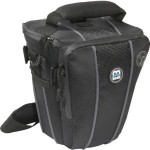
Bonus items:
Understanding Exposure by Bryan Peterson – If you don’t yet understand the relationship between aperture, shutter speed, and ISO, read this book immediately. This knowledge is essential to understanding and using your powerful dSLR to its full potential.
Nikon ML-L3 Wireless Remote or MC-DC2 Remote Release Cord: These remotes will allow you to trigger the shutter of the camera remotely, thus allowing either self-portraits or the ability to release the shutter without pressing the Shutter-Release Button thus preventing possible camera shake.
Nikon Capture NX2: If you are not using Photoshop, this software will enable you to process and retouch your JPEG or RAW files, and correct things such color, contrast, and sharpening.
For additional photography gear, accessories, and books, be sure to check out my dSLR Photography Gear, Accessories, and Books post!




